Secrets of caring for indoor nightshade
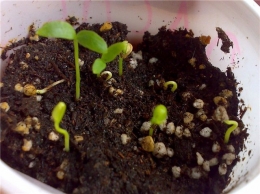
Colorful coral bush, evergreen subshrub, Cuban cherry - this is the whole name of the room nightshade, a plant that grows up to 50 cm in height.
Nightshade can safely be called original culture, since the small berries that appear after flowering change their color from green to burgundy, and multi-colored “mini tomatoes” ripen on one bush at the same time. To enjoy the beauty of this shrub, you should know the secrets of caring for it.
Content:
Planting nightshade

Nightshade is perennial shrub, which reproduces as seeds, so cuttings. Planting differences affect the number and size of nightshade fruits. If seeds are used for cultivation, the plant grows strong and bears fruit well. If propagated by cuttings, the bush needs time to adapt to the new soil and take root.
Sow the seeds Nightshade is recommended in late February or early March using the following soil composition:
- 1 part peat soil;
- 3 parts clay soil;
- A handful of sand and drainage to the bottom.
The mixture is stirred and poured into a pot with a volume of up to 1 liter. Nightshade seeds are distributed at a distance of 2 cm from each other, and pressed into the ground with a stick or match to a depth of 1 cm. Sowing moisturize. The container with nightshade is placed on a well-lit windowsill. But it should be noted that the plant does not like heat. Lighting is necessary for good germination of grains.When the nightshade has already turned green, the plant should be darkened a little.
After 7 – 10 days the first sprouts. Within a week they gain strength and grow to 3 - 4 cm. When 2 leaves appear, small seedlings transplanted in separate pots. Having reached 10 cm in height, the nightshade is pinched at the top and the side stems are removed to give the bush a spherical shape.
Conditions for keeping indoor nightshade
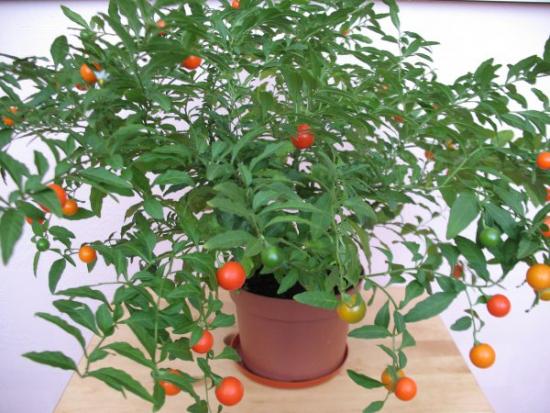
Under conditions of detention indoor nightshade means:
The optimal temperature for growing nightshade in spring and summer is +15, + 25 degrees Celsius. As autumn approaches, the bush will require a decrease in the heat level to + 12, + 15 degrees.
Lighting is an integral part of the process of successful growing indoor nightshadewho loves light, but not heat.
In addition, by the appearance of the nightshade, you can determine what the culture does not like.
- If nightshade has dropped its leaves, it will pick up light;
- If it blooms poorly and the fruits are small, there is a lack of heat;
- Started leaves curl – excess sun rays;
- The leaves are withering – insufficient watering and hot place;
- Fruits shrink – there is not enough moisture in the soil;
- Leaves become discolored - lack of fertilizer;
- Greens become covered with brown spots - magnesium is needed.
You should also control the level of air humidity. It should not fall below 60%. If the apartment or house is too hot, nightshade stands regularly spray or once a week, lower the pot into a tray with wet pebbles or expanded clay.
Seasonal plant care
There are many on the Internet advice on care for indoor nightshade, but from personal experience I decided to write rules for seasonal nightshade care. I’ll start with spring, since it is during this period that nightshade is planted or sown and from that moment caring for it begins.
Spring nightshade care:
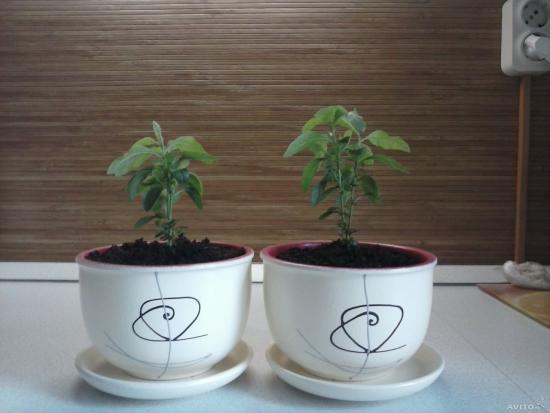
- Seedlings it is necessary to water when the soil dries out;
- Be sure to cut off the side stems so that the plant grows in the form of a bush and all the energy goes into forming the central trunk and then the inflorescences;
- The lighting should not be too strong. I recommend placing a flowerpot with a flower on windows facing east or west;
- Top dressing during the growth period it is not required, you just need to loosen the soil a little on the sides of the flowerpot so as not to injure the roots;
- When the nightshade begins to bloom, carefully transfer the dust from one flower to another using a cotton swab or brush. This action will help achieve a better harvest.
- If the plant is several years old, we transplant it into a new container with an admixture of turf soil.
Summer plant care:
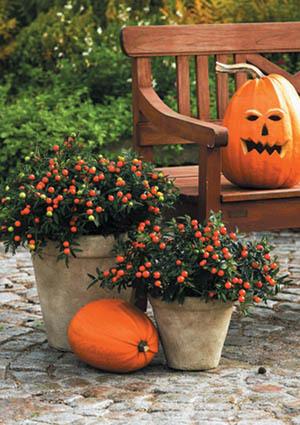
- It is necessary to take the flower out into the open air. You can go to the balcony, avoiding direct sunlight;
- Avoid drafts;
- Abundant watering as the earth dries out;
- Feed the plant once every 2 weeks with special liquid fertilizers such as “Rainbow”, “Ideal” or mixtures of useful microelements for tomatoes.
- Daily morning or evening spraying of leaves.
Autumn and winter care
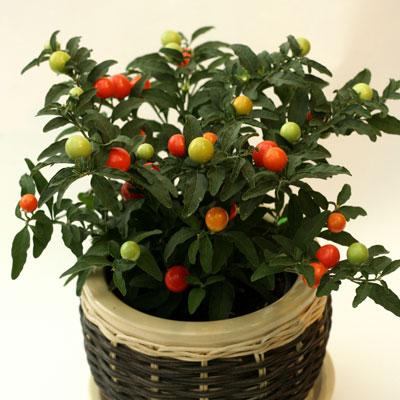
- As winter approaches, it is worth reducing watering, since October - February is a dormant period. But you shouldn’t stop moisturizing. It is necessary to water once every 10 days only with soft water without chlorine.
- Place the pot with nightshade in a cool place, maintain high air humidity and lighting;
- Once a week, provide an influx of fresh air by ventilating the room with the plant;
- If there are non-flowering ones on the bush shoots they should be trimmed;
- At the end of February, when nightshade begins to “come to life,” it is worth increasing the amount of watering and starting to gradually spray the crop.
Characteristics of the plant and growing characteristics:

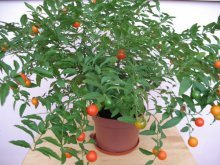
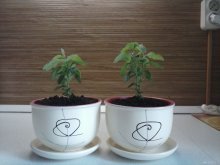

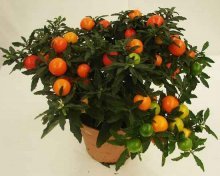
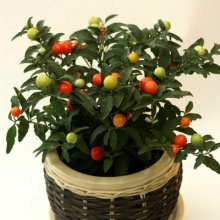
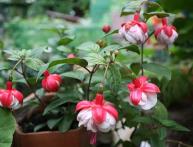

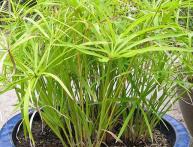
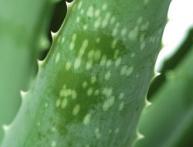
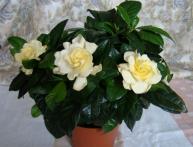
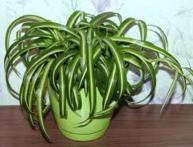
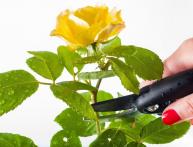
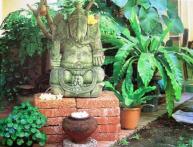
Comments
We once had such a flimsy tree, We called it an apple tree. And only after reading the article did I find out that it turns out to be indoor nightshade. Very interesting! Thank you!